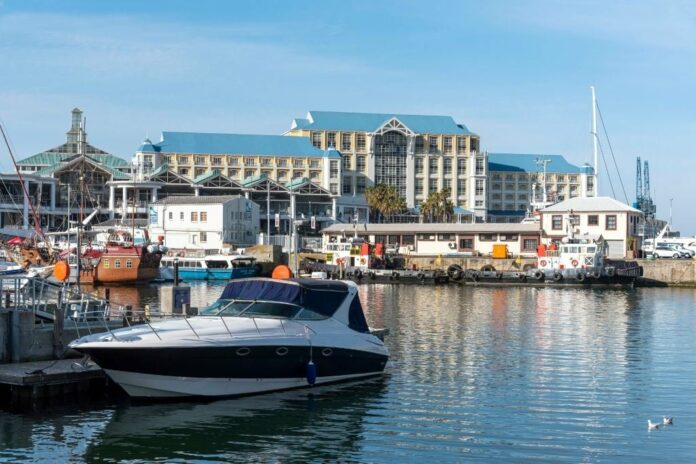
Cape Town’s V&A Waterfront is planning to double its rooftop solar capacity and install massive batteries in parking spaces to ward off load shedding, especially during peak-use periods.
The V&A Waterfront runs 48 generators to keep its shops, restaurants, and mall infrastructure powered during load shedding, burning through a massive amount of diesel and cash. Central fuel tanks around the precinct ensure that these generators are well-fed, while a “smart grid” system introduces external power in a phased and controlled manner, with little disruption to the precinct’s operations.
The V&A Waterfront does have rooftop solar panels that generate 2MW of energy. But this generation peaks during the day and is quickly gobbled up by the shopping centres’ air conditioning. Additional solar panels, supported by the re-roofing of Victoria Wharf, which is currently underway, will double the V&A Waterfront’s generation capacity. But even with that, the sun alone will only answer 15% of the precinct’s power needs.
Wind turbines of various sizes and a waste-to-energy biomass power plant are some of the V&A Waterfront’s long-term sustainability projects, so are battery storage solutions. Battery storage will allow the V&A Waterfront to hoard power generated by the likes of its solar panels – along with any additional renewable projects – and dispatch that energy when necessary.
These giant batteries will replace some parking spaces around the V&A Waterfront. This Improvement aligns with the precinct’s plans to combat traffic congestion by opening new roads and encouraging visitors to use drop-and-go locations serviced by e-hailing cabs and busses.
The V&A Waterfront has already spent more than R1 billion on upgrades to its roadways, landscaping, bigger and better drop-and-go locations, improvements to the Vic Wharf shopping centre, the Blackwater treatment plants, and emergency power to mitigate load shedding.
Renewable energy will also be used to power the V&A Waterfront’s new 3.3 megalitre desalination plant, scheduled to come online in early 2024, which will produce enough water to supply all the precinct’s needs.

